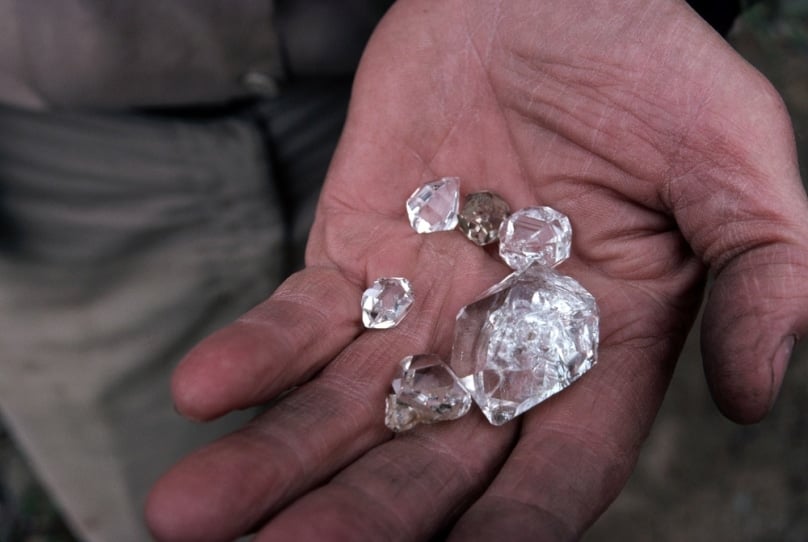
Blood diamonds, also known as conflict diamonds, are not just stones; they carry with them a history of exploitation, violence, and human suffering. In this article, we delve into the dark underbelly of the diamond trade, exposing the harsh realities behind these coveted gems.
The Origin of Blood Diamonds
Blood diamonds are mined in war zones, particularly in African countries like Sierra Leone, Angola, and the Democratic Republic of Congo. These regions have been ravaged by armed conflicts fueled by the lucrative diamond trade. Rebel groups exploit local populations, subjecting them to forced labor and violence to extract these precious stones.
The Human Cost
Behind every blood diamond lies a trail of bloodshed and suffering. Miners, often forced into labor, endure grueling conditions with little to no pay. Many lose their lives in accidents lab diamonds, while others fall victim to armed conflicts perpetuated by the desire to control diamond-rich territories. Women and children are especially vulnerable, facing exploitation and abuse in diamond mines.
The Environmental Impact
The environmental toll of blood diamond mining is equally devastating. In their relentless pursuit of profit, miners employ destructive methods like dredging rivers and using toxic chemicals, causing irreparable damage to ecosystems. Deforestation and pollution further exacerbate the environmental degradation, leaving behind scarred landscapes and contaminated water sources.
International Efforts to Combat Blood Diamonds
Recognizing the dire consequences of the blood diamond trade, the international community has taken steps to address the issue. The Kimberley Process Certification Scheme, established in 2003, aims to regulate the diamond trade and prevent the flow of conflict diamonds into the global market. While the Kimberley Process has made strides in curbing the trade of blood diamonds, challenges remain in enforcing its regulations effectively.
Ethical Alternatives
Consumers play a crucial role in combatting the blood diamond trade by opting for ethically sourced diamonds. Companies like Brilliant Earth and Tiffany & Co. offer conflict-free diamonds, providing transparency and assurance to conscientious buyers. By choosing ethically sourced diamonds, consumers can contribute to positive change in an industry tarnished by exploitation and violence.
Conclusion
Blood diamonds represent more than just glittering gems; they are a stark reminder of the human cost of luxury. Behind their sparkle lies a harrowing tale of exploitation, suffering, and environmental degradation. As consumers, we hold the power to demand accountability and change in the diamond industry. By choosing ethically sourced diamonds, we can ensure that our purchases do not perpetuate the cycle of violence and exploitation. Together, we can shine a light on the dark secrets of blood diamonds and pave the way for a more ethical and sustainable diamond trade.



